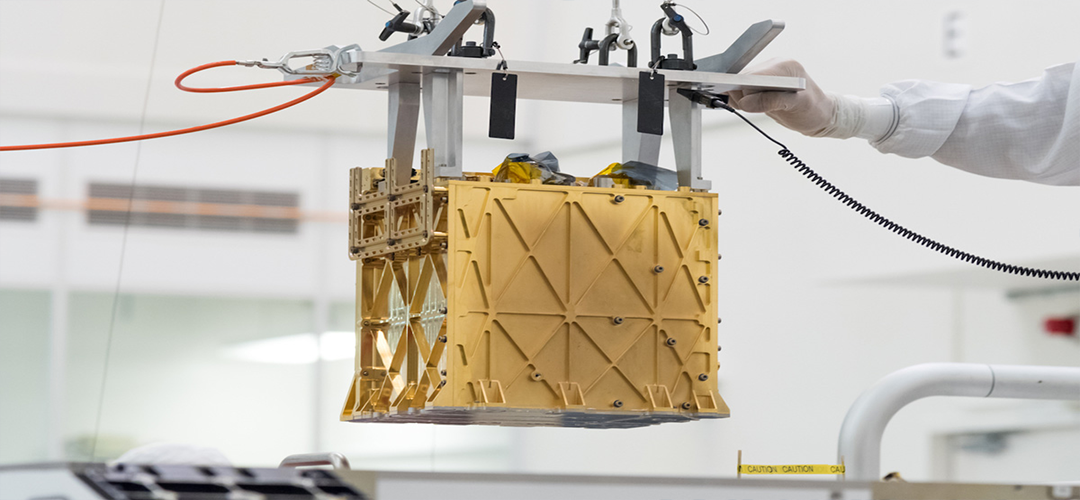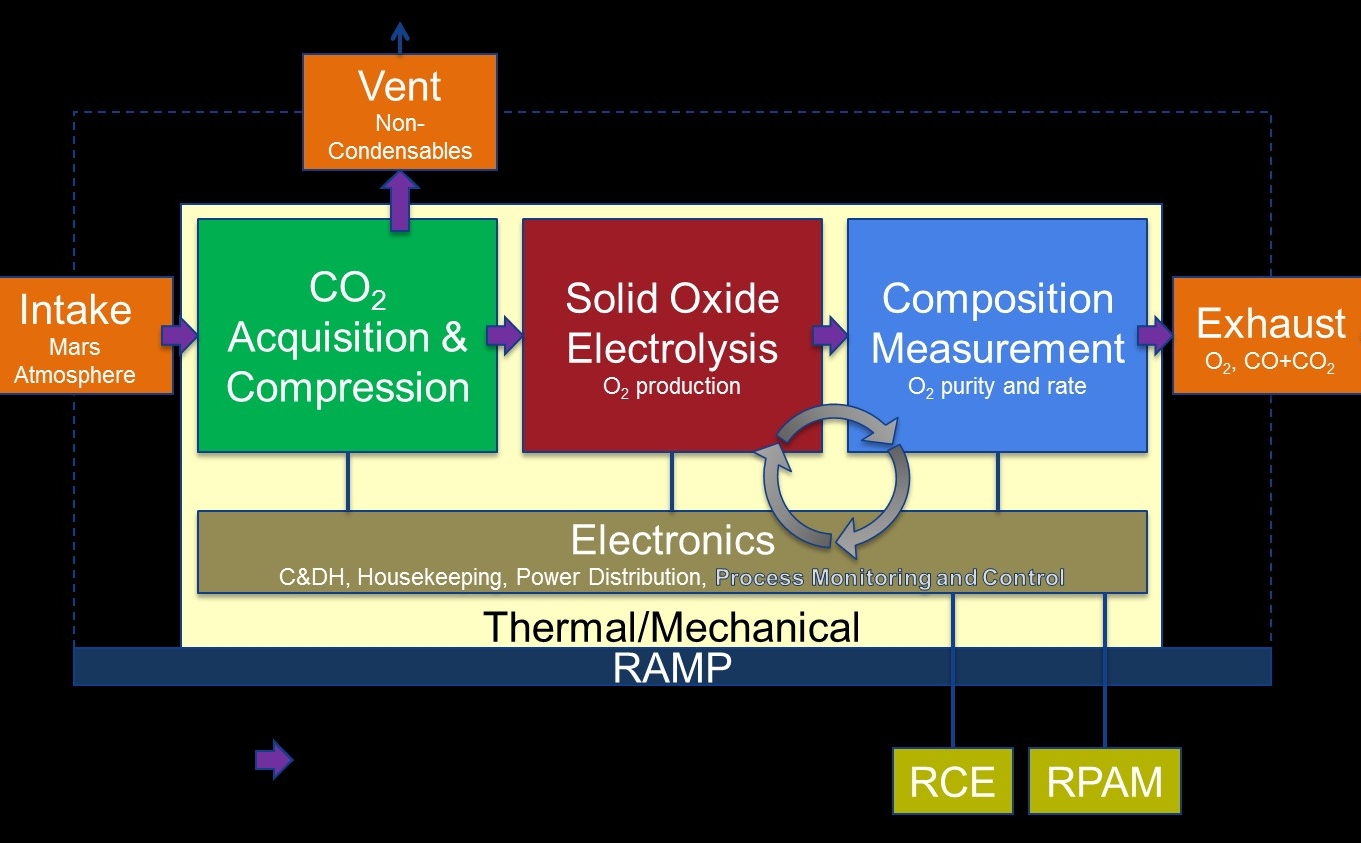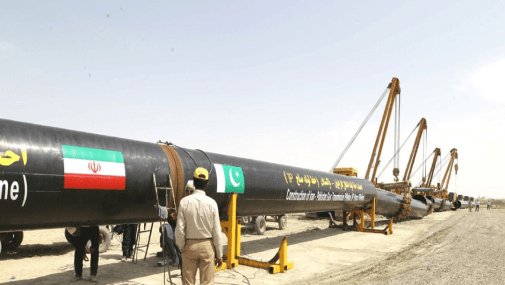MOXIE!!
September 10, 2022 | Expert Insights

The realm of space exploration has long been one of the most closely watched areas of recent human activity. And the latest development in space technology can potentially make or break the Mars mission when scientists are worried about the period for which human beings can live and work in space crafts travelling to distant planets. The invention of MOXIE (Mars Oxygen In-Situ Resource Utilization Experiment) could be a game changer!
Background
The MIT-designed MOXIE weighs 6.4 kg on Mars and 17 kg on Earth, and it can produce up to 10 grammes of oxygen every hour. The equipment has produced oxygen seven times since it was first used, in seven different atmospheric conditions on Mars, including day and night and throughout all four Martian seasons. When employing the plentiful carbon dioxide in the Martian environment, MOXIE has consistently produced six grams of oxygen per hour or approximately the same pace as a small tree on Earth.

Analysis
MOXIE, at its current stage, is designed to run for short periods, starting up and shutting down with each run, depending based on the exploration schedule and mission objectives of the Perseverance rover. It is designed to be small enough to fit inside the rover. Despite the unavoidable compromises in its present architecture, MOXIE has shown that it is capable of consistently and efficiently converting Mars' atmospheric carbon dioxide into pure oxygen. It does this by bringing in Martian air and filtering it to remove any pollutants. In the Solid OXide Electrolyzer (SOXE), electrochemical reactions separate the compressed air into oxygen ions and carbon monoxide. MOXIE is also constantly monitored for signals of damage. MOXIE is just one of many experiments aboard the Perseverance rover, so it cannot run continuously like a full-blown system. Instead, the equipment must be cycled on and off for each run. This is thermal stress that can degrade the system over time. It is a remarkable test model and is comparable to the size of a car battery. Future oxygen generators to support manned missions to Mars will need to be about 100 times larger.
"This is the first instance of using materials from the surface of another planetary body and chemically converting them into something useful for a human mission. In that sense, it is historical ", says Jeffrey Hoffman, a professor of the practice at MIT's Department of Aeronautics and Astronautics, who is the MOXIE's deputy principal investigator. In a full-scale oxygen plant, larger units should ideally run continuously. And before sending humans to Mars, a more advanced version of MOXIE might be put on the list instead to continuously produce oxygen at the rate of thousands of trees! At that level, the system should be able to power a rocket for astronauts returning to Earth and provide enough oxygen to sustain people once they arrive.
Assessment
- MOXIE is taking science in the right direction- making an effort to create the essentials of human existence on another planet by 'living off the land'. This will enable interstellar journeys a reality in the distant future.
- While it is an extremely expensive process to regenerate oxygen from carbon dioxide, perhaps at some future date, the technology will become affordable enough to improve Earth's atmosphere too.








Comments